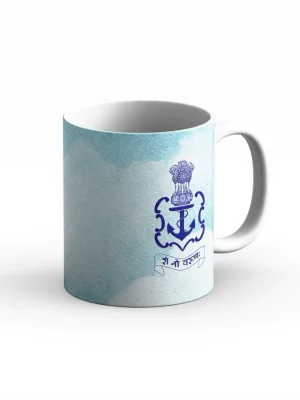In a significant boost to India’s maritime surveillance capabilities, the Defence Research and Development Organisation (DRDO) has successfully completed system integration and testing of its cutting-edge Surface Wave Over-The-Horizon Radar (SWOTH-Radar). The achievement marks a breakthrough in long-range coastal monitoring and strategic early-warning technologies.
Breakthrough in Beyond-Horizon Detection
Unlike conventional radars limited by the Earth’s curvature, the SWOTH-Radar uses high-frequency surface wave propagation—allowing electromagnetic waves to travel along the conductive sea surface. This enables the system to detect and track targets up to 500 km away, well beyond the visual and radar line-of-sight.
The radar operates in a bi-static configuration, with separate transmitter and receiver stations positioned along the coast. This layout enhances detection sensitivity, reduces background interference, and is ideal for complex maritime environments.
Detects Low-Flying and Stealth Targets
One of SWOTH’s major strengths is its ability to detect stealth platforms, which often evade traditional radars by minimizing radar cross-section. The radar’s long-wavelength HF signals, combined with advanced signal processing, allow it to identify low-observable vessels and aircraft—including low-flying maritime threats.
The system remains effective in all weather conditions and shows strong resilience against electronic countermeasures, ensuring uninterrupted maritime domain awareness in contested environments.
Strategic Edge in the Indian Ocean Region
With its persistent surveillance capability, the SWOTH-Radar bridges the gap between short-range coastal radars and costly airborne early-warning aircraft. It provides a low-vulnerability, low-operational-cost solution for continuous monitoring of sea traffic, maritime incursions, and potential threats.
DRDO’s successful testing marks a crucial step toward operational deployment, strengthening India’s readiness to safeguard critical sea lanes, monitor grey-zone activities, and enhance naval situational awareness across the Indian Ocean Region.
The indigenous radar represents a landmark advancement tailored to India’s strategic needs—positioning the country at the forefront of maritime surveillance technologies capable of countering evolving threats, including stealth and future hypersonic platforms.













